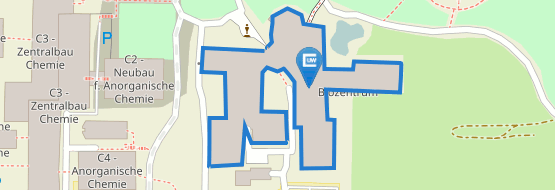Kraft, Nadine
Nadine Kraft
Biozentrum
Am Hubland

The mushroom-body calyces in the brain of social hymenoptera represent highly plastic sensory integration centers which are ideally suited for the analysis of the neuronal basis of behavioral plasticity. As previously shown by numerous studies, a variety of both intrinsic and extrinsic factors may greatly affect the number and structure of neuronal microcircuits in the calyx, among which are age, learning and memory processes and sensory exposure. Using the honey bee as a model, I want to further analyze the connectivity and structural plasticity of these microcircuits by using different neuroanatomical techniques and imaging methods.
Current research projects are:
-
Establishing expansion microscopy as a method for the characterization of microcircuits in the mushroom-body calyx of honey bees
-
Analysis of structural connectivity of individual microcircuits
- Structural plasticity of microcircuits after sensory exposure
-
Visual guidance fine-tunes probing movements of an insect appendage. . In Proceedings of the National Academy of Sciences, 121(6), p. e2306937121. 2024.
- [ URL ]
-
Expansion microscopy in honeybee brains for high-resolution neuroanatomical analyses in social insects. . In Cell and Tissue Research. 2023.
- [ URL ]
-
A micro-CT-based standard brain atlas of the bumblebee. . In Cell and Tissue Research, 386, pp. 29–45. 2021.
- [ URL ]
-
Neuronal plasticity in the mushroom-body calyx of bumble bee workers during early adult development. . In Developmental Neurobiology, 79(4), pp. 287–302. 2019.
- [ URL ]




